Elton Chan
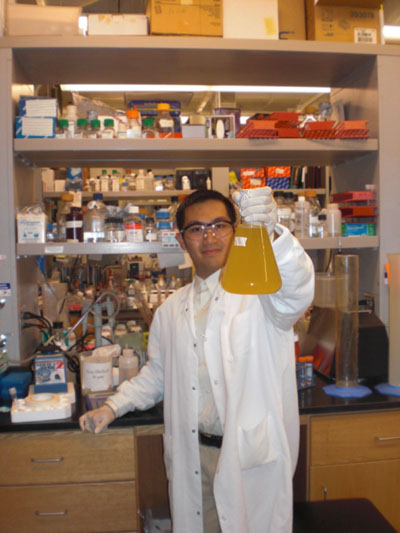
The bacterium Salmonella is a significant cause of food-borne disease. Its pathogenesis depends on the type III secretion systems (T3SSs) that were acquired by horizontal gene transfer; the invasion of Salmonella into the host cells requires appropriate expression of T3SSs. Recent research has identified small non-coding RNAs (sRNAs) as a class of regulators that fine tune gene expression required for bacterial physiology and pathogenesis. Elton will investigate the specific interaction between one of these newly discovered Salmonella sRNA and its predicted candidate targets; he will characterize the interaction between IsrM […]
Denisse Rojas
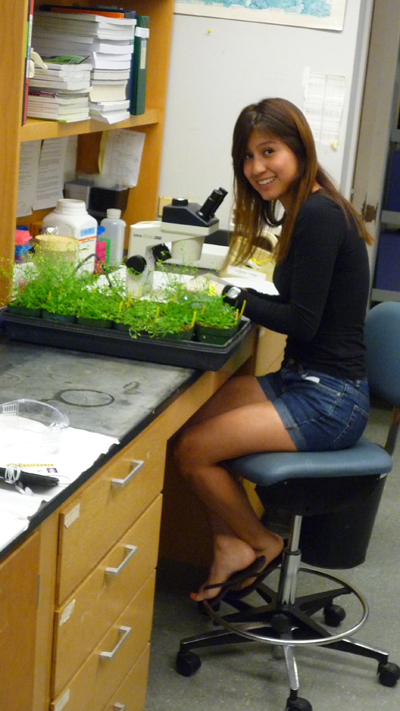
Transposable elements (TEs) are movable pieces of DNA that can have detrimental effects in the plant genome. When TEs are expressed, they can disrupt normal gene function. Small RNAs (siRNAs) direct DNA methylation, which signals other proteins to prevent TE expression. Previous studies show that methylation patterns in the endosperm affect silencing of TEs in the embryo, and propose that siRNAs from the central cell, a female supporting germ cell, mediate TE silencing in the egg cell. Denisse will test the idea that siRNAs move from the central cell to […]
Navpreet Ranu
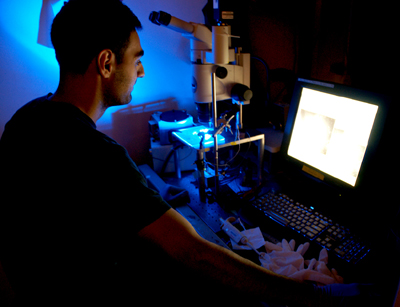
Tuberculosis (TB) is an infectious disease that often attacks the lungs and can be spread through the air by coughing, sneezing, and other airborne means. Approximately 2 billion people are infected with TB and around 1.6 million people die of this disease every year. Navpreet will develop a point of care (POC) diagnostic device that will be able to quantify specific TB biomarker levels in serum using electrical impedance spectroscopy. His project tests the hypothesis that the limit of detection can be improved by creating a 3D gel sensor as […]
Novalia Pishesha
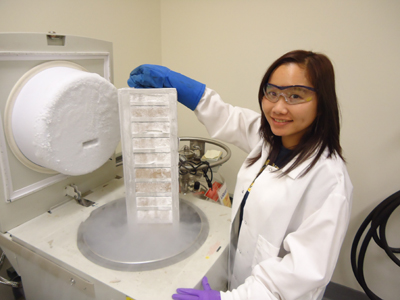
Current Bio: After graduation, Novalia completed a PhD in Biological Engineering at MIT. She is currently a Junior Fellow at the Harvard Society of Fellows. Haas Scholars Project: The slower muscle regeneration observed in older people is due to the less supportive extrinsic biochemical make-up, which constitutes the microenvironment of damaged muscle, in older people as compared to younger people. Muscle regeneration involves an inflammation phase during which the immune cells partly architect the microenvironment surrounding muscle injury. Nova would like to decipher the mediator and pathways that might bridge […]
Jessica Nichole Pasqua
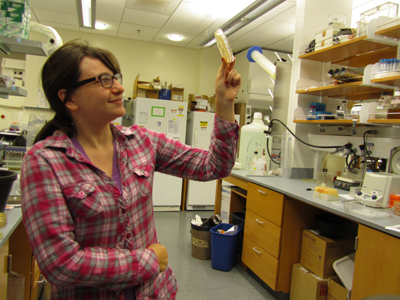
Methylenetetrahydrofolate-reductase (MTHFR) is an enzyme involved in the synthesis of methionine, an essential amino acid. Due to MTHFR importance for cellular health, Jessica studies MTHFRs in yeast species Saccharomyces cerevisiae through analysis of paralogous genes MET12 and MET13. The Met12 and Met13 proteins are both MTHFR enzymes, however based upon biochemical results Met12 appears to be non-functional. Recently Jessica showed that Met12 has been non-functional for millions of years, since it also lacks function in yeast species Saccharomyces bayanus. Since yeast aggressively remove non-functional elements from their genomes, this result […]
Michal Karmi

The rising economic and environmental cost of fossil fuels will greatly affect our reliance on them for global food transportation in the near future. Michal will design crop plans for plant-based food systems in Israel and Ireland — regions with radically different climates — to determine the feasibility of maintaining a locally grown, healthy plant-based diet. This summer, she will conduct research in Israel and Ireland, collecting technical evidence of soil and climate conditions to determine what can be grown in each area, gathering historical data on plant foods grown […]
S. Zayd Enam

In this project we plan on using parallelized computation to build realistic sparse coding models for neurons in the primary visual cortex (V1). Sparse coding is a stimulus encoding technique used by V1 neurons that aims to minimize the number active neurons required in encoding any input image. Due to computational constraints, previous sparse coding models have been limited in their ability to match the biology of lateral geniculate nucleus projections to V1. Our models will allow us to better describe recorded biological data and provide further evidence that V1 […]
Katya Cherukumilli
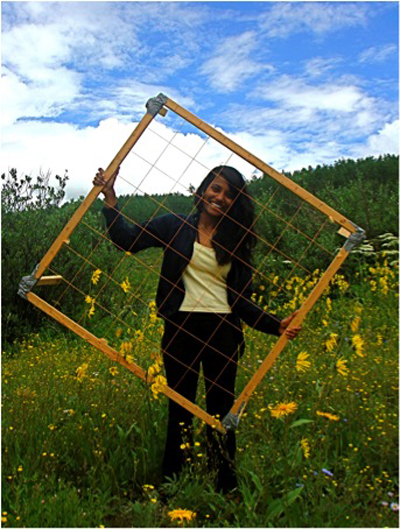
Since the early 20th century, global surface temperatures have risen 1.4F, with the majority of the warming occurring in the past three decades due to anthropogenic activities. Significant changes in sea level, ecosystems, and ice cover are predicted to occur as a result of increasing temperatures. Katya aims to understand ecological responses to simulated and natural climate change in a subalpine meadow at the Rocky Mountain Biological Laboratory. She will maintain a database for the longest-running climate manipulation experiment in the world and gather additional information about the species abundance […]
Laura Carolina Rodriguez-Adjunta

Salmonella is the leading source of food-borne diseases in the United States. Infection by Salmonella Typhimurium causesdiseases ranging from self-limiting gastroenteritis to life-threatening systemic infection, provoking around 1.3 billion cases every year worldwide. Moreover, no vaccine to prevent salmonellosis exists. Recently, 19 small noncoding bacterial RNAs (sRNAs) located in salmonella SPIs were discovered, of which IsrC is one of the newest forms. Bacterial sRNAs regulate the expression of their target genes in pathogenesis, essentially contributing to bacterial invasiveness. My research will focus on the interaction between IsrC and its predicted […]
Irene Steves
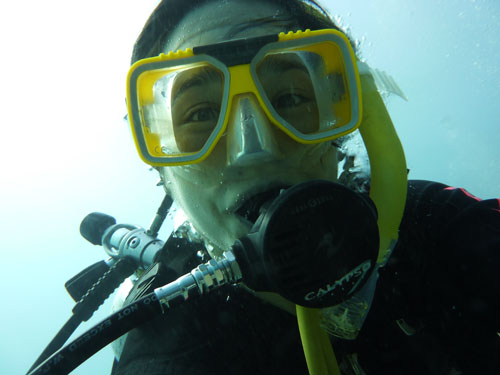
Stomatopods, also known as mantis shrimp, are some of the coolest marine crustaceans. They are powerful predators (for their size, at least) and are concentrated in tropical waters all over the world. The stomatopod rostrum, a segment of exoskeleton near the eyes, ranges from a simple triangular shape to something that looks more like a crown or the curved top of a palace. This summer, Irene will be looking into the evolutionary motivations of stomatopod rostrum variation. She plans to determine the function of the rostrum and the reasons for […]